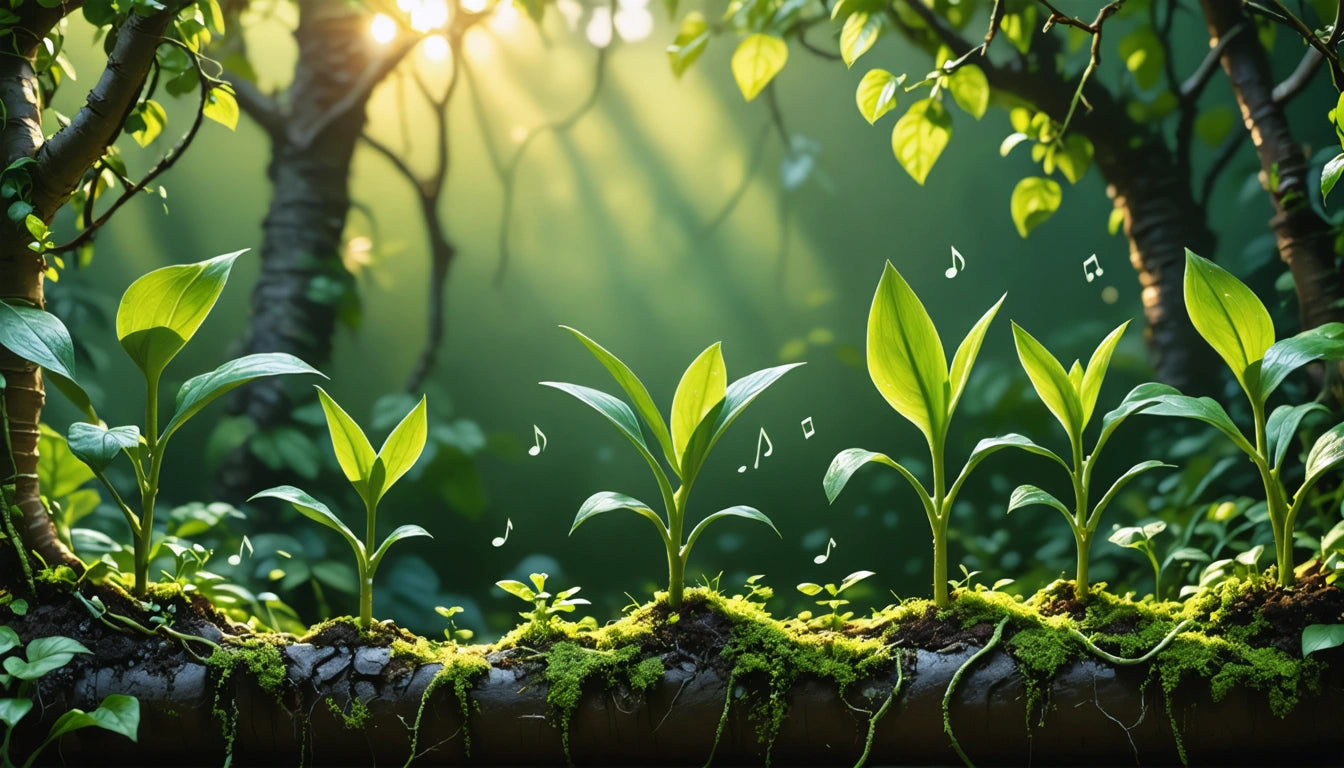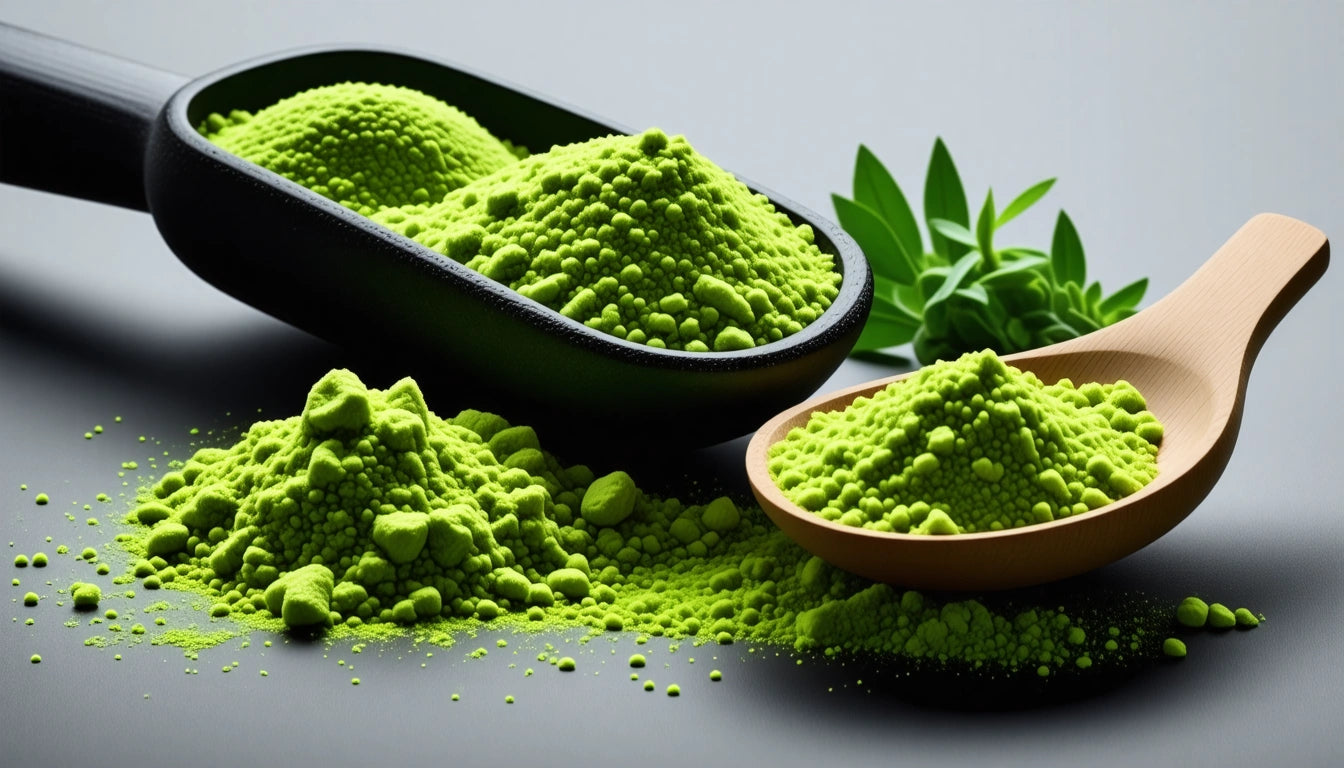Table of Contents
Optimizing Plant Growth: The Role of Light and Music
Growing plants indoors requires careful attention to environmental factors that influence development and health. Light management stands as perhaps the most critical element, while unconventional approaches like music exposure have gained attention in recent years. This guide explores the science behind plant lighting needs and examines whether sound vibrations truly impact growth.
Light Requirements for Healthy Plant Growth
Plants convert light energy into chemical energy through photosynthesis, making proper lighting essential for growth. Different species have varying light requirements, with some needing intense direct light while others thrive in filtered conditions.
Do Plants Need Darkness to Thrive?
Yes, plants absolutely need darkness. The dark period is crucial for respiration processes where plants use the energy created during photosynthesis. According to cannabis cultivation research, plants require darkness to trigger flowering hormones and maintain proper circadian rhythms.
Without sufficient darkness, plants can experience:
- Stunted growth
- Reduced flowering
- Diminished overall health
- Stress responses
Most plants require 6-8 hours of darkness, while flowering plants may need 10-12 hours to properly develop blooms. This cycle mimics natural conditions and allows for the metabolic reset plants need for optimal growth.
Reaching Bottom Leaves: Light Distribution Techniques
Light penetration to lower foliage is a common challenge in indoor growing. When bottom leaves receive insufficient light, they may yellow and die, reducing overall plant productivity. Several techniques can help ensure light reaches all parts of the plant:
- Strategic pruning to remove obstructing foliage
- Training techniques like LST (low-stress training)
- Using reflective materials on walls and floors
- Implementing side lighting in addition to overhead sources
Proper container selection with appropriate lids and closures can also support optimal root development, which directly impacts overall plant structure and light absorption efficiency.
Choosing the Right Grow Lights
Selecting appropriate lighting technology significantly impacts growth outcomes and energy efficiency. Different light sources provide varying spectrums and intensities that affect plant development.
LED Lights for Plant Growth
Will LED lights help plants grow? Absolutely. LED technology has revolutionized indoor growing with numerous advantages:
- Energy efficiency (30-50% less electricity than traditional options)
- Customizable light spectrums for different growth stages
- Lower heat output, reducing cooling needs
- Longer lifespan (50,000+ hours versus 10,000-20,000 for other technologies)
Research on LED grow lights shows they can be tailored to emit specific wavelengths that maximize photosynthetic efficiency. However, not all LED lights are suitable for plants.
Can normal LED lights grow plants indoors? While standard household LEDs provide some benefit, they typically lack the intensity and proper spectrum for robust growth. Purpose-built horticultural LEDs deliver the red and blue wavelengths plants utilize most efficiently.
Fluorescent Lighting Options
Do fluorescent lights help plants grow? Yes, particularly for seedlings, leafy greens, and herbs. Fluorescent lighting offers several benefits:
- Affordable initial investment
- Low heat output safe for placing close to plants
- Good spectrum for vegetative growth
- Widely available in various sizes
T5 high-output fluorescents are particularly effective for propagation and vegetative growth stages. However, they may lack intensity for flowering or fruiting plants unless used in large quantities or close proximity. Comprehensive grow light comparisons show fluorescents work best for supplemental lighting or small-scale growing operations.
Preventing Light Burn
Can grow lights burn plants? Yes, excessive light intensity or improper positioning can damage plant tissue. Light burn typically manifests as:
- Yellowing or whitening of upper leaves
- Crispy leaf edges
- Upward curling of leaves
- Stunted new growth
To prevent light burn, follow manufacturer guidelines for hanging heights and gradually acclimate plants to new lighting. Understanding optimal light requirements helps establish the right balance between sufficient intensity and potential damage.
Unconventional Growth Factors
Beyond light management, growers explore various environmental factors that might influence plant development.
Music and Plant Growth
Does playing music help plants grow? Scientific evidence remains limited, but some studies suggest sound vibrations may influence plant physiology. Potential mechanisms include:
- Vibrations stimulating movement of cytoplasm within cells
- Sound waves affecting gene expression related to growth
- Frequencies potentially influencing stomatal opening
Research has shown mixed results, with some experiments demonstrating modest growth improvements with classical music or specific frequencies between 115-250Hz. However, these effects are typically subtle compared to primary factors like light, water, and nutrients.
For growers interested in experimenting with sound, consistent exposure to gentle classical or instrumental music for 2-3 hours daily provides the most promising approach based on available research.
Optimizing Your Indoor Growing Environment
Creating an ideal growing environment requires balancing multiple factors. While light management remains paramount, successful indoor cultivation depends on a holistic approach:
- Maintain appropriate light/dark cycles (16/8 for vegetative growth, 12/12 for flowering)
- Select purpose-built grow lights with appropriate spectrums
- Position lights at manufacturer-recommended distances
- Ensure proper air circulation to strengthen stems
- Monitor temperature and humidity levels
- Consider supplemental CO2 for advanced setups
For serious growers, investing in quality LED lighting systems typically provides the best balance of energy efficiency, spectrum control, and plant response. When combined with proper darkness periods and careful environmental management, these systems can produce remarkable results even in limited indoor spaces.
While unconventional approaches like music exposure may offer marginal benefits, focusing on optimizing the fundamental growing conditions will yield the most significant improvements in plant health and productivity.











Leave a comment
All comments are moderated before being published.
This site is protected by hCaptcha and the hCaptcha Privacy Policy and Terms of Service apply.